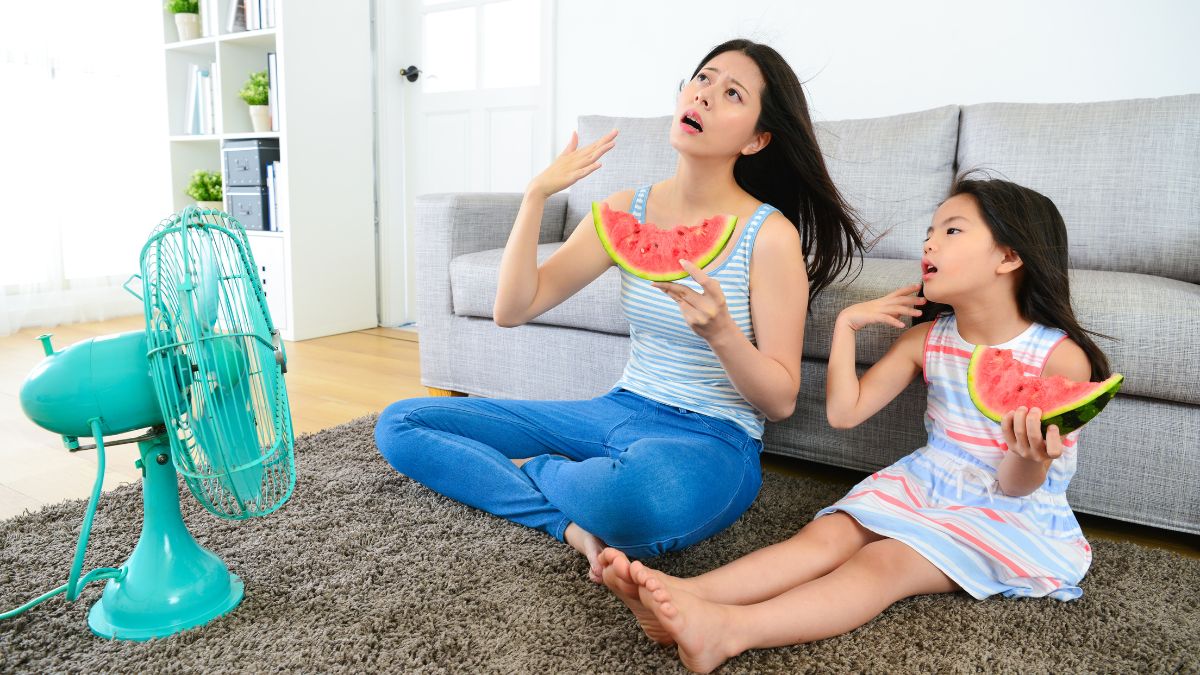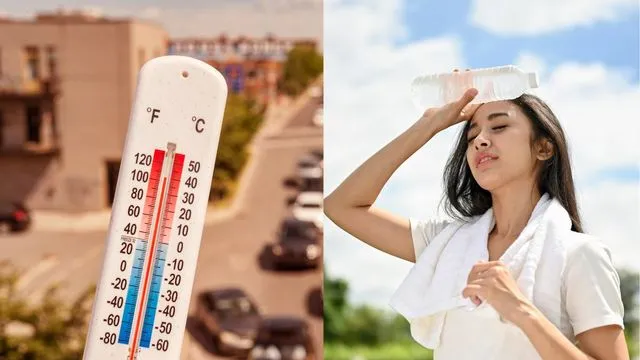- By Prerna Targhotra
- Sun, 05 May 2024 03:52 PM (IST)
- Source:JND
Tips To Treat Heat-Related Illnesses: Summers bring vacays but at the same time if not tackled well can lead to a cascade of serious and potentially fatal health issues such as heat stroke and heat exhaustion, or trigger sudden events like stroke or heart attacks, sometimes worsen existing health issues like lung diseases like COPD or kidney disorders.
Explaining this, Dr Roohi Pirzada, Senior Physician and Critical Care Specialist, Mumbai said that our body has a cooling mechanism to adjust to heat by sweating, just like water cools in an earthenware pot or the classical 'matka' by evaporation. If excess sweating is combined with inadequate fluid intake, it can spell disaster in extreme cases.
How Excessive Heat Affects The Body?
Heat strokes and heat exhaustion are the most common issues. We may see signs like heavy sweating, cold clammy skin, muscle cramps, fast but weak pulse, severe headache, dizziness and fainting spells.
In kidney patients, it may strain the creatinine marker due to excess dehydration. In cardiac ailment, it may increase the pulse and blood pressure putting an additional strain on the heart. In the respiratory category, it can trigger asthma attacks.
ALSO READ: Heatwave In India: 5 Refreshing Summer Drinks To Keep You Cool Amid Increasing Temperatures
Tips To Prevent Heat-Related Illnesses

Tips To Treat Heat-Related Illnesses (Image Credits: Canva)
1. Prevention is any day better than cure hence one should stay very well hydrated but avoid sugar-containing drinks. Stay indoors in a cool place if not very necessary to step out in peak heat times.
2. Wearing light-coloured fitting breathable clothing, taking shade in open areas, wearing the broad spectrum SPF for skin protection, taking breaks in air conditioning, taking cool showers, and using dampened cloth to place on your neck and forehead may help too.
3. In case any of the above events get triggered, it is best to be hospitalised for observation, fluid rehydration and vital monitoring to avoid any further complications.
4. Areas where the risk is high are construction workers, in parked cars, houses with metal roofs and little to no ventilation.
5. Using an umbrella or a wide-brimmed hat may help to a certain extent.
ALSO READ: How To Protect Yourself From Heatstroke? Doctor Lists Proactive Measures

